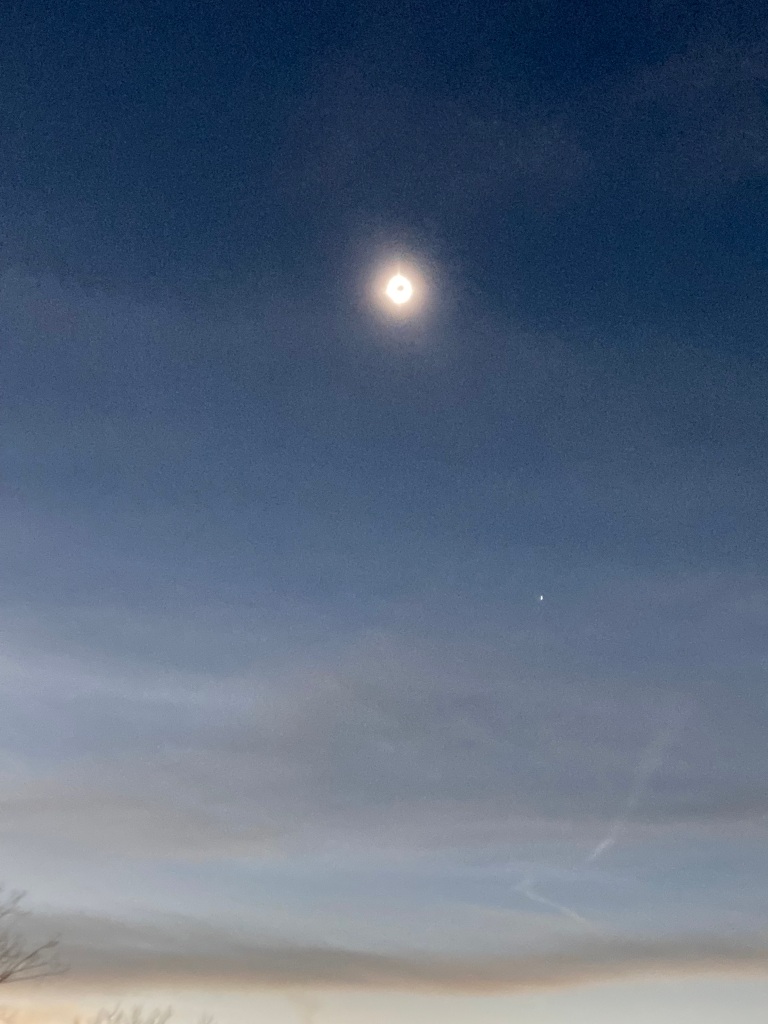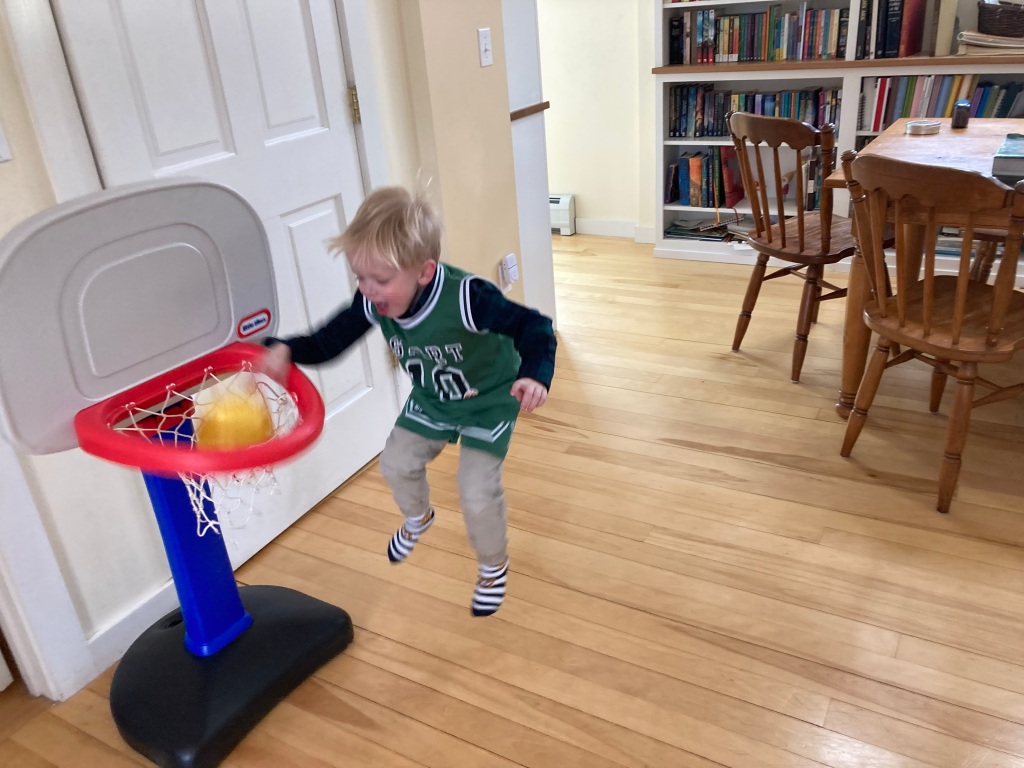Hello, friends!
It has been…a while. In early September, I took a sabbatical from my regular column — and, by extension, this blog. So much has happened since then, and so much is brewing for the coming year, but for now, I’m going to kick off the New Year with my traditional list of favorite books from the past year.
I’ve been reading less each year. This is partly due to how busy life is, as the kids get older and are heading in so many different directions. But I’ve also been reading longer, more difficult books; the type of books that used to intimidate me. In recent years, I’ve figured, “If not now, when?” and dived into some books that are, to say the least, a commitment. This year, a friend started a book group specifically for reading the classics. As part of that group, I read two 1,000-page novels that took months apiece: Kristin Lavransdatter, by Norwegian author Sigrid Undset, and The Brothers Karamazov, by Fyodor Dostoyevsky. Both are books that I’ve long wanted to read; neither will appear on this list. I’m glad to have read them, but there is just SO MUCH happening in each book that it’s going to take me another year of processing to figure out if I actually LIKE them.
So, without further ado, my picks for the year!
Favorite Fiction
Foster by Claire Keegan
This was such a lovely, quiet, heartrending book. It reminded me a bit of The Remains of the Day by Kazuo Ishiguro, in that what isn’t said is actually louder than what is. I listened to Foster on audiobook, and would recommend that as the best medium because you’ll get the lovely, lilting voice of Aoife McMahon bringing the Irish characters to life.
Piranesi by Susanna Clarke
Last year I read — and loved — Clarke’s epic Jonathan Strange and Mr. Norrell. This book is slim where that book was a doorstop, and modern where that book was rooted in Napoleonic England, but Piranesi is just as strangely compelling. It’s like a little mystery that the reader solves along with the narrator, and is probably best read along with someone with whom you can discuss the questions it raises.
Till We Have Faces by C.S. Lewis
This is Lewis’s last work of fiction, a re-telling of the myth of Cupid and Psyche, and it’s as far from Narnia as one can imagine! It’s a gut-punch look at how we often wound the people we are trying to love, with the best of intentions. I’d recommend it especially for parents of teenagers.
Favorite Non-Fiction
Falling Upward by Richard Rohr
I felt both seen and challenged by Rohr’s vision of the second half of life. This should be required reading for anyone entering middle age.
You Could Make This Place Beautiful by Maggie Smith
Poet Maggie Smith writes in the most gorgeous prose to tell the most awful story of how her marriage fell apart on the eve of the COVID pandemic. It’s filled with incisive insights about womanhood and relationships. Warning: It will likely make you take a VERY close look at your own marriage!
Favorite Book on Christian/Spiritual Topics
Good Enough by Kate Bowler
I absolutely love Kate Bowler: I have loved her previous books, I listen to her podcast episodes as soon as they’re released, and I adore how she bursts out with her infectious laugh in the midst of discussing brutally difficult topics. This book of devotions was a delight.
Favorite Young Adult Book
Looking for Alaska by John Green
Although my children will never totally outgrow some picture books and children’s titles, many of them are gravitating more towards Young Adult (YA) literature these days. I’m not going to lie: This makes me nervous. But it’s also had some particular delights, and John Green is on the top of that list. I have now read all of his books, with the encouragement of my teens. Of the three I read this year, Looking for Alaska was my favorite. Like all of Green’s books, it’s able to hold in tension the beauty, brutality, and humor of life, seen through the eyes of teenagers. (NOTE: The Fault in Our Stars and Turtles All the Way Down are tied for my top favorite Green books, but I didn’t read them this year.)
Favorite Poetry Book
How to Love the World by James Crews
I read one of the poems in this anthology each morning throughout what was a very challenging fall, and that felt like exactly the right thing to do.
So, there you have it! I’m already into some great books in 2024 (now that I’m finally finished with The Brothers Karamazov and feel like I have my reading life back!) Wishing you all a wonderful year, filled with books that stir your hearts towards all that is beautiful and true.









